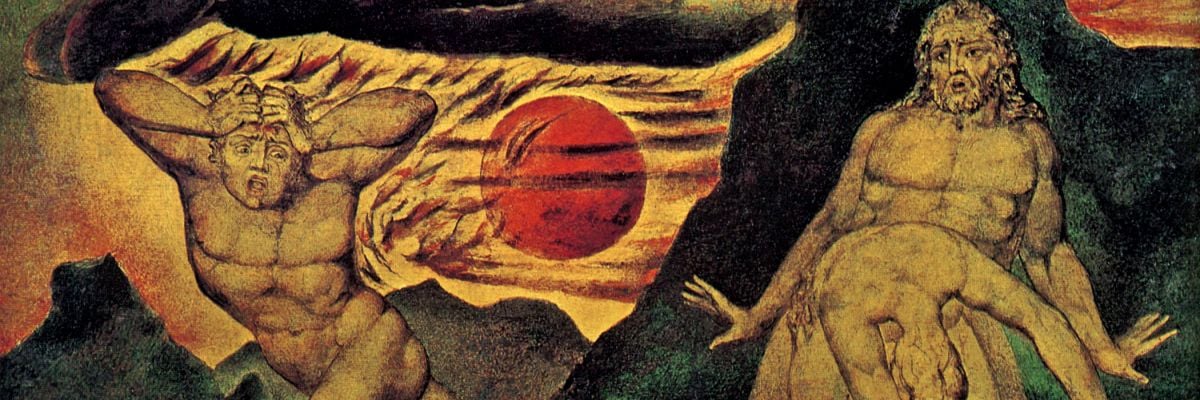
Question:
Answer:
As with the story of original sin (CCC 390), the story of Cain and Abel affirms historical events (CCC 401), an event which the Church commemorates at Mass in Eucharistic Prayer I:
Be pleased to look upon these offerings with a serene and kindly countenance, and to accept them, as you were pleased to accept the gifts of your servant Abel the just, the sacrifice of Abraham, our father in faith, and the offering of your high priest Melchizedek, a holy sacrifice, a spotless victim.
So we know that Cain and Abel were brothers, the offspring of Adam and Eve, our first parents. We know that God found Abel’s gift worthy because he gave an offering of his first fruits, while Cain’s was not found worthy because he did not give of his first fruits. And that Cain subsequently killed Cain out of envy (CCC 2259). We can also safely infer that Abel was indeed a shepherd and Cain a farmer, as those were common professions back in the biblical day.



